Agra has received much attention from a variety of scholars, researchers, journalists and photo-journalists. It was sometimes in late Nineteenth Century that the city started attracting such attention. One of the first to describe the city were H. G. Keene who compiled his famous A Hand Book for Visitors to Agra and Its Neighbourhood in 1894 which has since been reprinted a number of times. He was followed by Muhammad Latif who in 1896 wrote his Agra: Historical and Descriptive; E. B. Havell followed them in 1904 when he came up with his A Handbook to Agra and the Taj, Sikandra, Fatehput Sikri and Neighbourhood. As their names suggest they were generally guides to the city of the Taj. They did contain much historical information as well. Latif also cited a number of epigraphs which he found adorning the various monuments.
Researches of a deeper kind were under taken by scholars like Carlylle and Cunningham whose reports were published in various forms in the journals of the Archaeological Survey of India Report, and Archaeological Survey of India Annual Report. The first of these were edited by General Cunningham himself.
But then the common problem suffered by such kind of works, in spite of their great utility otherwise, was that they focused generally either on minute details or an buildings of monumental importance. Like the first category, thus, a whole picture of the town could not be constructed from them.
Much research, analytical and in-depth have been conducted on Agra in near recent years. Thus we have I. P. Gupta’s Urban Glimpses of Mughal Agra published in 1986 and K. K. Trivedi’s Agra Economic and Political Profile of a Munhall Suba published in 1998. Both the works deal with the economy of the town and except in fragments, a total picture of the Mughal town is again missing.
A large number of research papers on the architecture of various monuments and gardens of Agra have also been recently published. Thus works of Ebba Koch, Catherine Asher, Wayne Begley, James L. Wescoate Jr. And others threw much crucial light but only an aspects and elements of architecture.
On the contrary, towns like Delhi and Fatehpur Sikri have received much better attention in this regard. The Shahjahanabad of Stephen Blake and the Fatehpur Sikri of S. Athar Abbas Rizvi are quite handy to reconstruct both the Mughal towns with ease.
It is with this view in mind that I took up research on Agra on the theme of
‘Mughal City of Agra and its Environs’. The work is based on physical surveys and explorations backed with literary, epigraphic and visual evidence. Thus help has been taken not only from the primary sources like contemporary Persian and English Chronicles, Travelogues and Memoirs but also from a number of drawings and visual reproductions preserved in the photography and visual section of the British Library, London. A number of paintings done by Seeta Ram and other artists now in the British Library collection have thus been used in order to understand the monuments as they existed prior to their ‘renovation’ during the present and the last century. I am thankful to my supervisor for lending me some of them from his collection.
Further, a number of exploratory trips and surveys were conducted over a period of six years to physically verify the remains. Extensive survey was conducted in the Tajganj area in order to explore the surviving physical remains there.
One recent work which has helped me much is the Complete Taj and the Riverfront Gardens of Agra, published in 2006. This monumental work covers a large part of the Mughal city and emphasizes on, as the title suggests, on the riverfront. However the other portions of the city are not dealt with.
This research work makes an attempt to compose a ‘physical picture’ of the city and discuss its lay-out. It is an attempt to understand a typical Mughal City which was not synthetic like those of Sikri and Shahjahanabad. It was not a result of the fancy of a person but a result of many rulers and those who inhabited it. It is the study of a vibrant Mughal Agra.

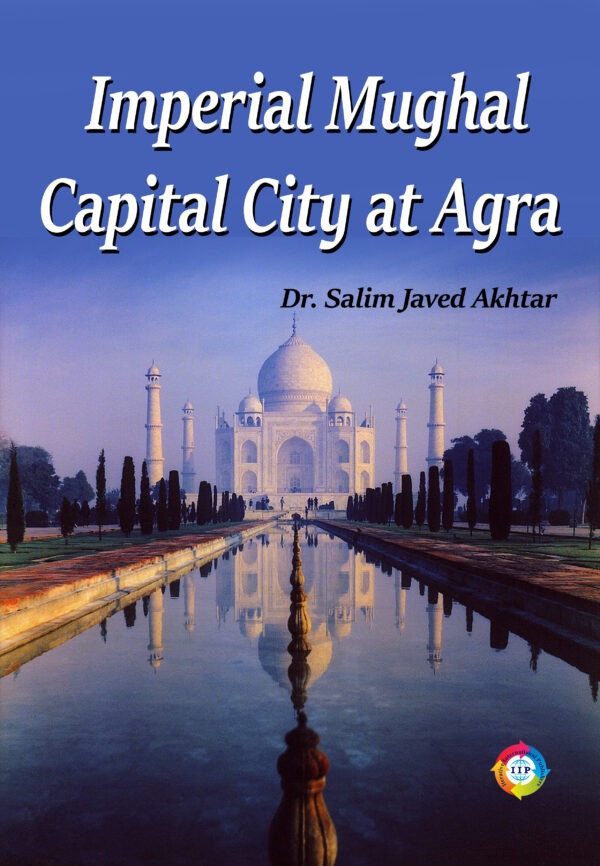
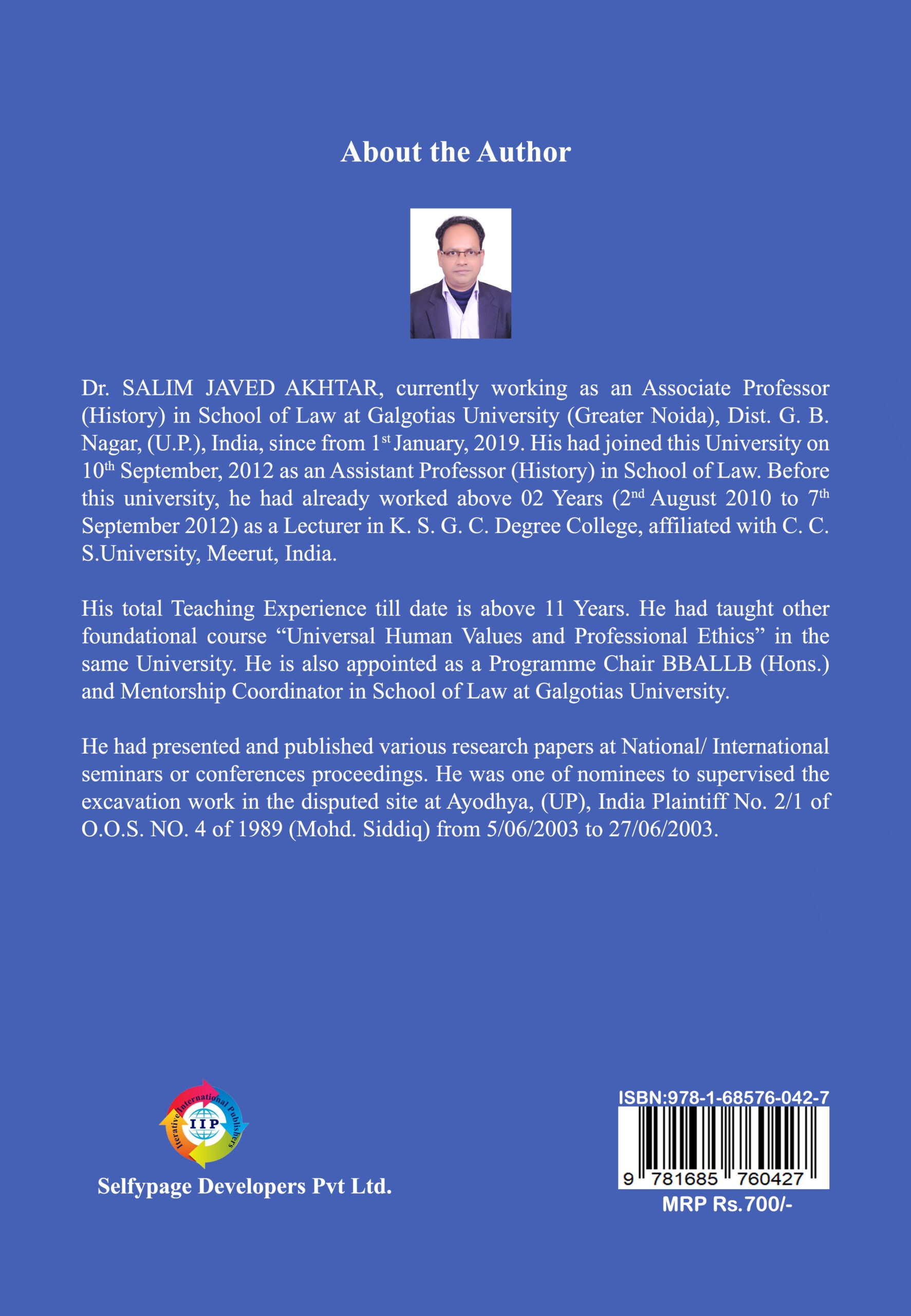


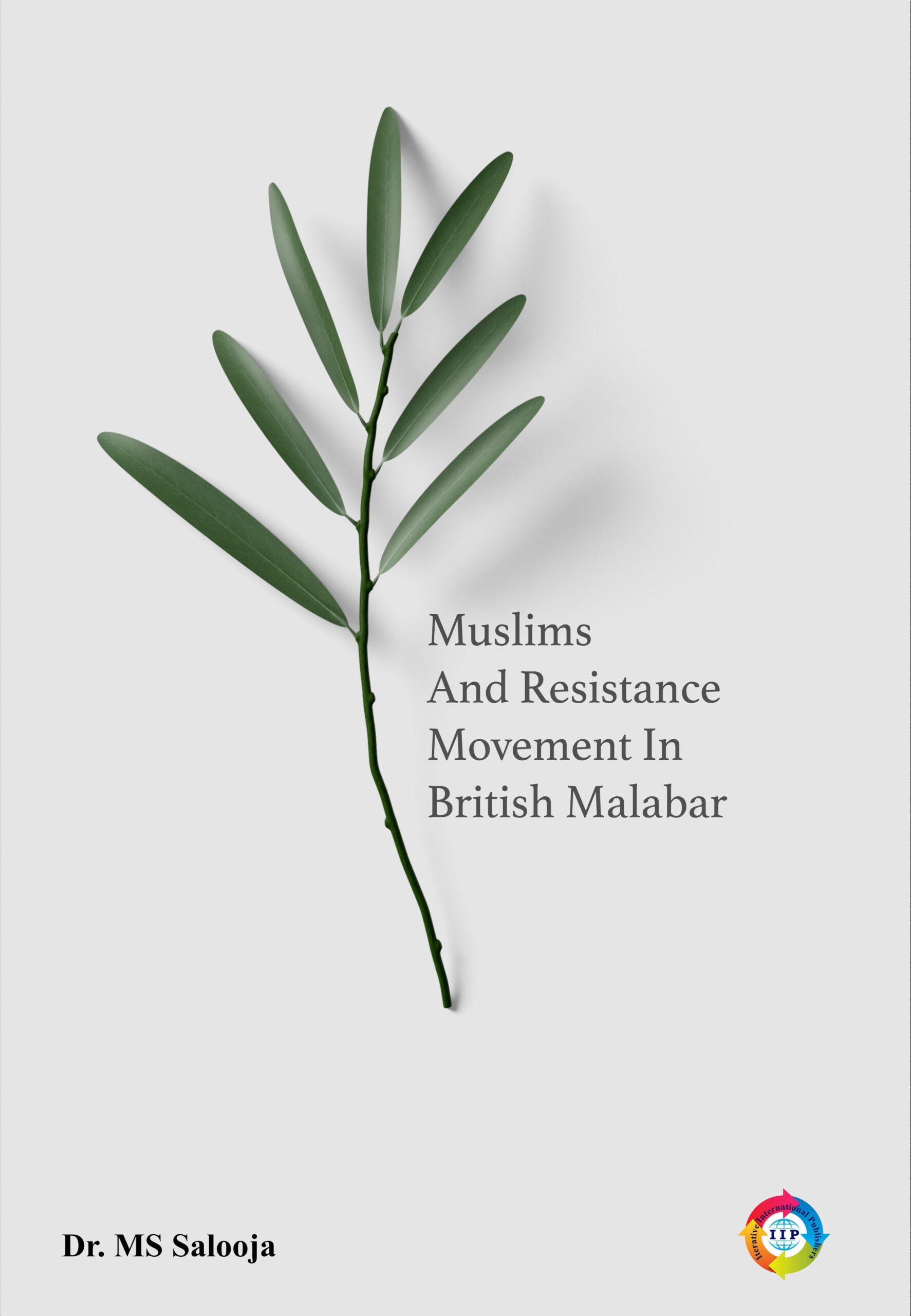
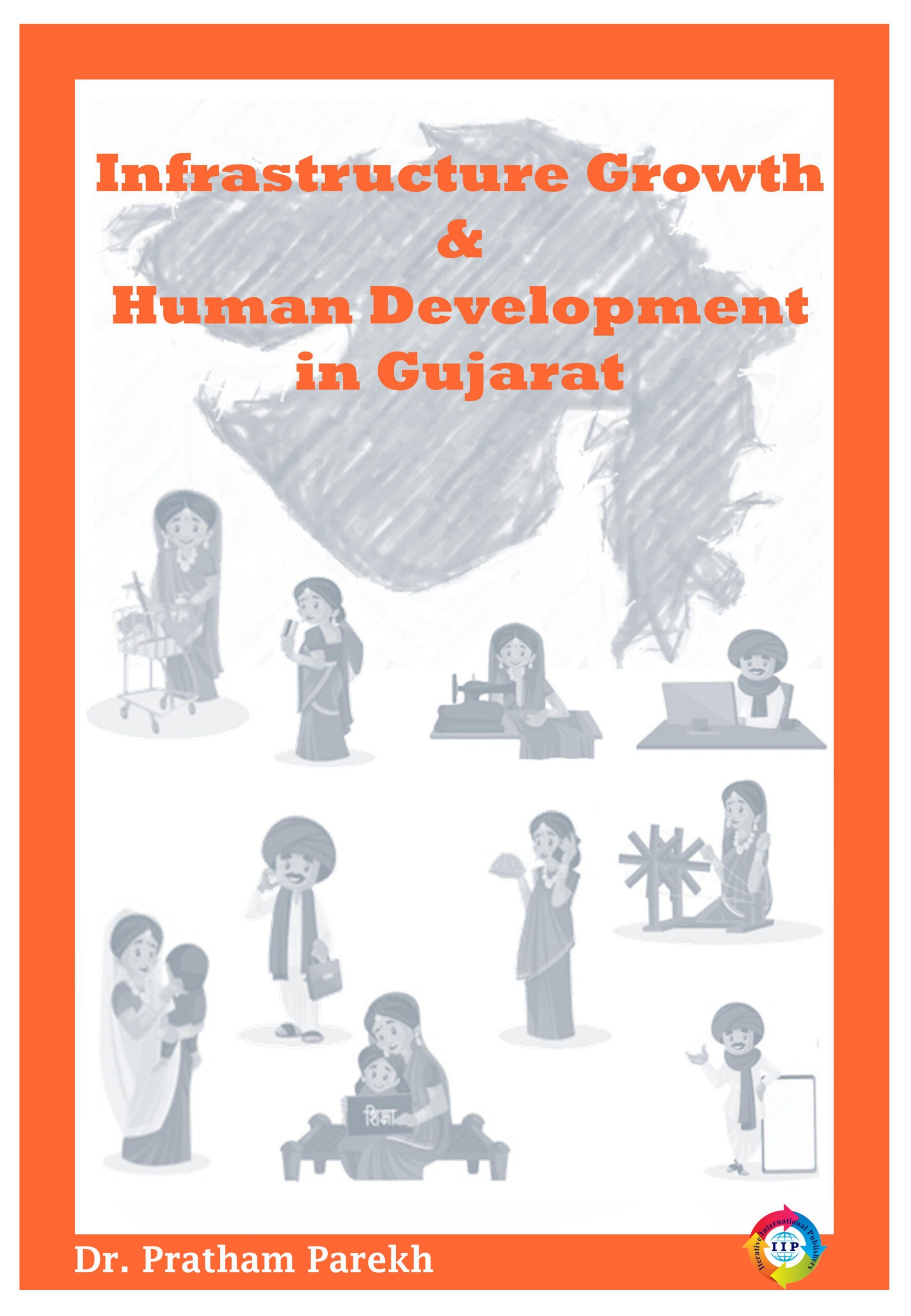
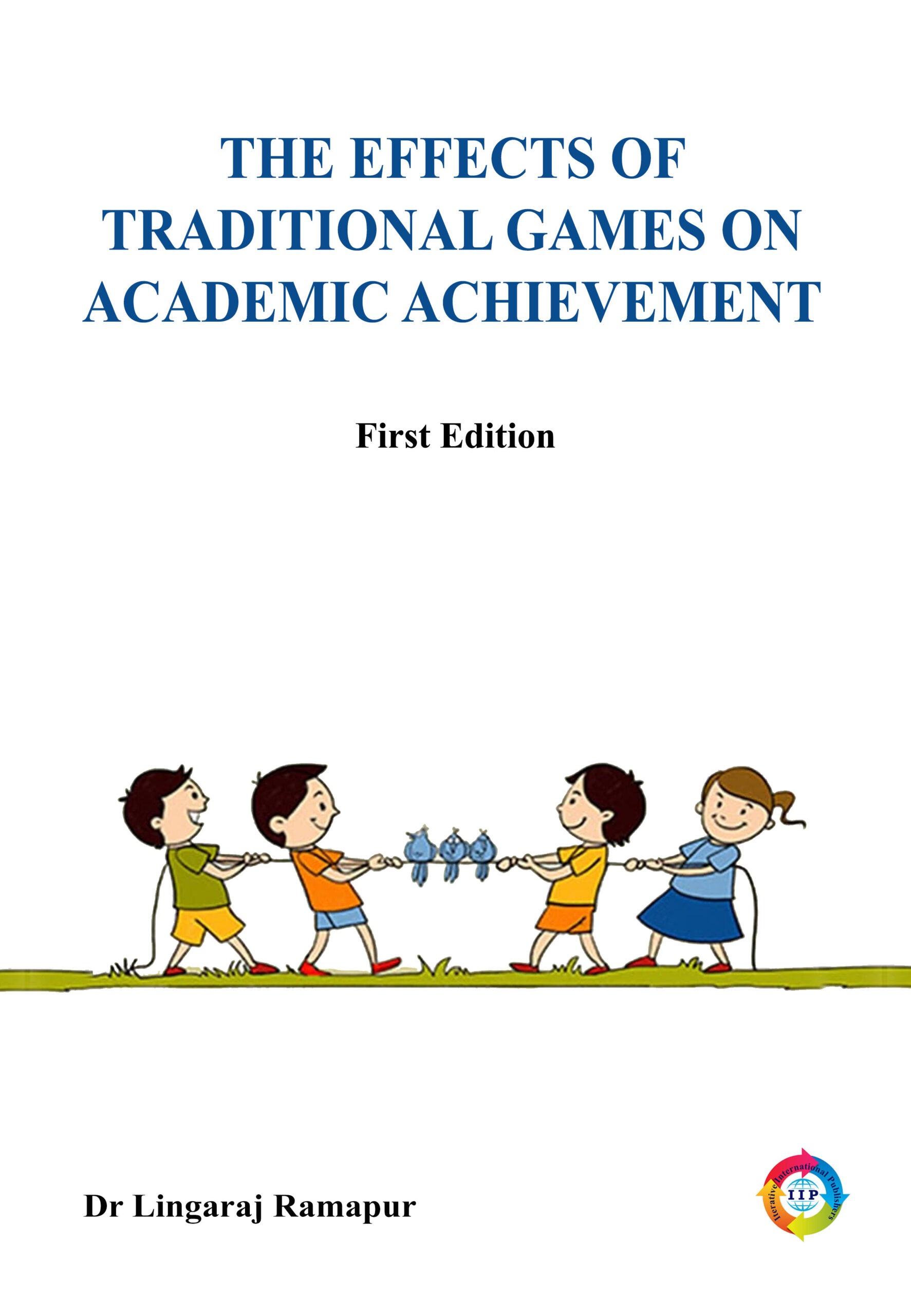
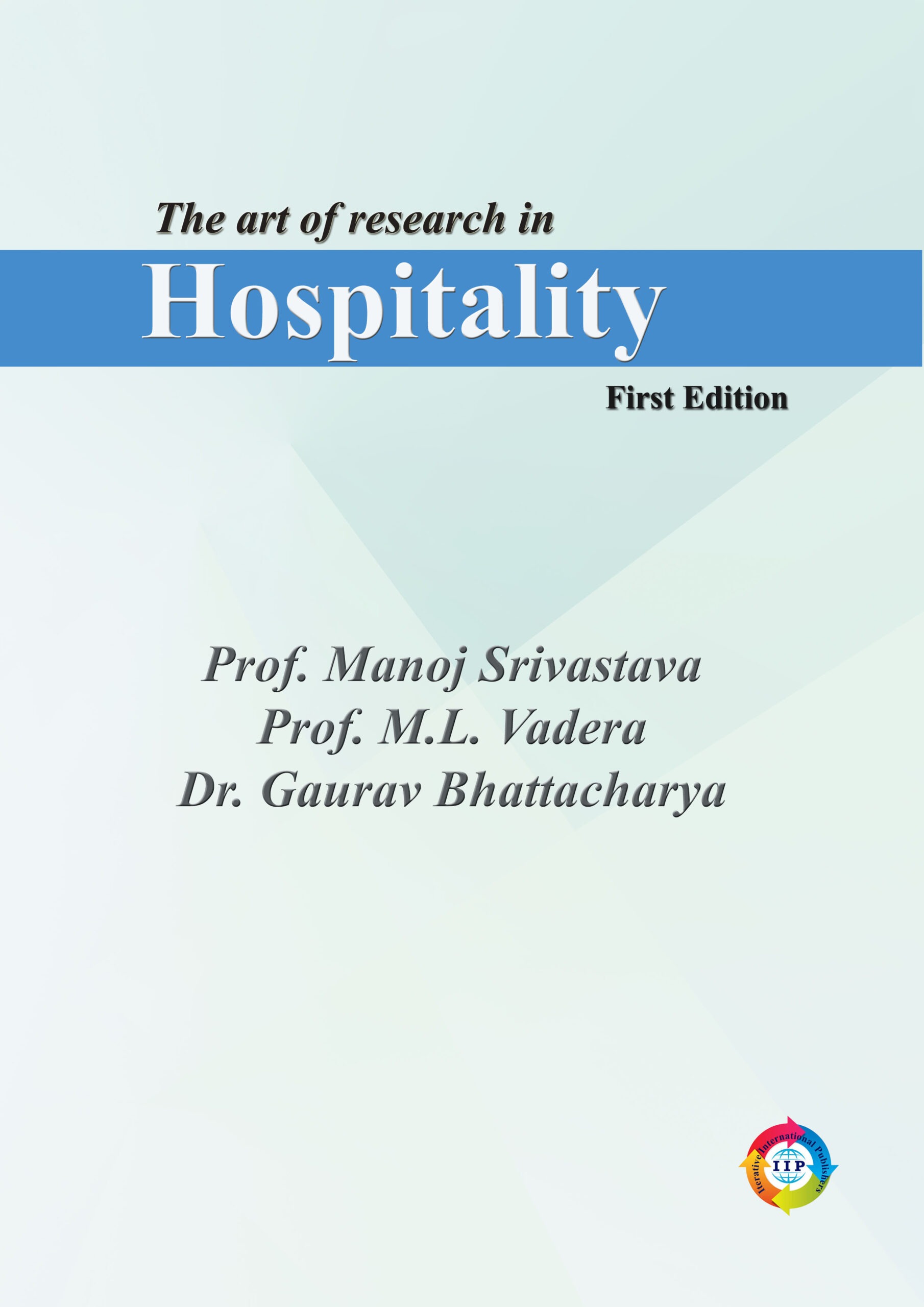
Reviews
There are no reviews yet.